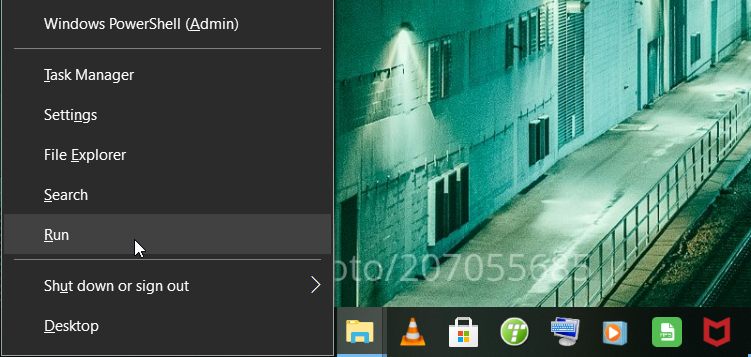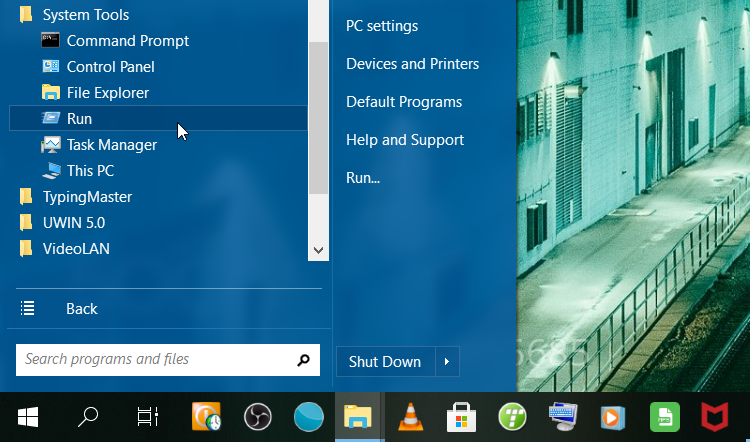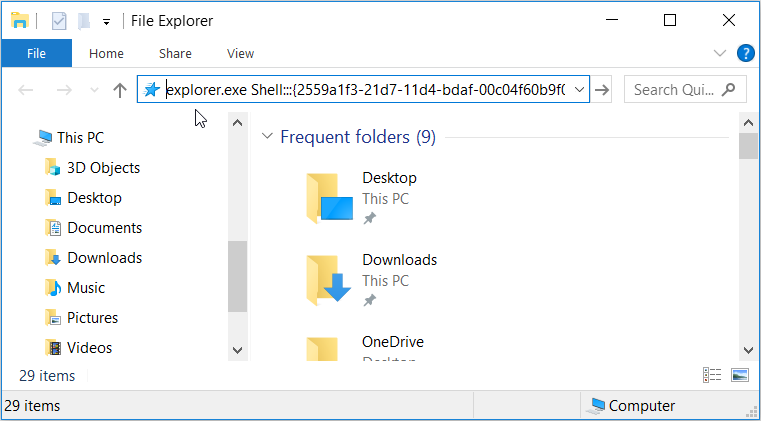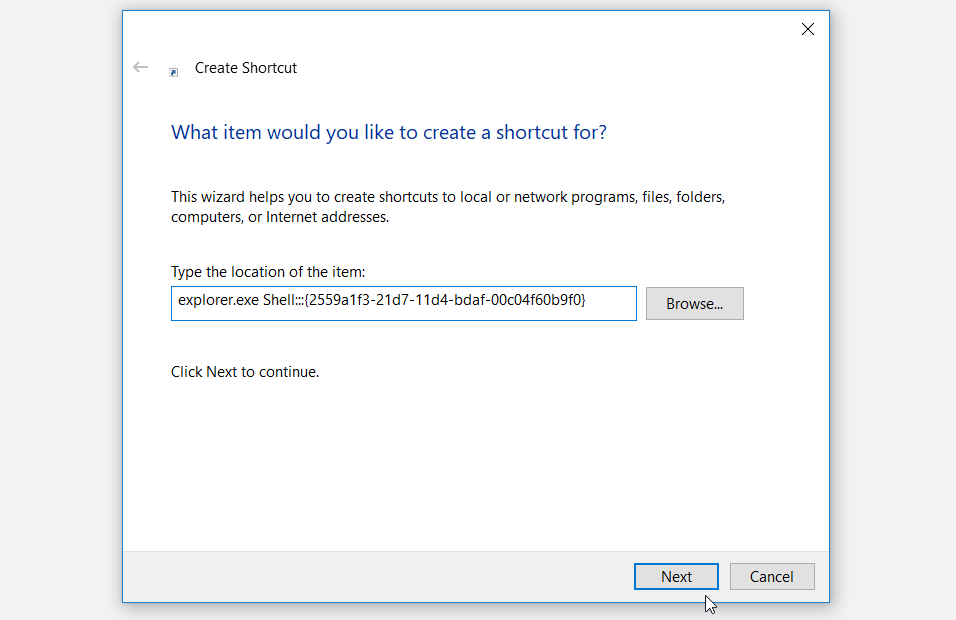The Run command dialog box is one of those convenient, easy-to-use Windows tools. It allows you to quickly launch programs, open files and folders, and access several Windows settings.
To make use of this tool, you simply need to type in a relevant command and then press Enter. But how do you open the Run command dialog box? Let’s explore the seven best ways to open Run.
1. Use a Keyboard Shortcut
The fastest way to access most Windows software programs is through keyboard shortcuts. To quickly access the Run command dialog box, simply press the Windows key + R.
2. Use the Quick Access Menu
The Windows Quick Access Menu is an incredible tool. It makes it easy for you to open various tools like the Run command dialog box, Device Manager, Task Manager, and more.
Here’s how you can use this tool to open the Run command dialog box:
- Press Win + X or right-click the Windows icon to open the Quick Access Menu.
- Scroll down and select Run from the options.
3. Use the Start Menu Search Bar
The Start Menu search bar can help you find almost everything on your Windows device. Here’s how you can use it to open the Run command dialog box:
- Click the Start Menu search bar or press Win + S.
- Type Run in the search box and select the Best match.
4. Use the Start Menu
The Start Menu offers a convenient way for accessing the tools on your Windows device. Here’s how this tool can help you open the Run command dialog box:
- Click the Windows icon on the taskbar or press the Windows key.
- Click All Programs and select the System Tools folder.
- Finally, select Run from the options.
5. Use the Command Prompt or PowerShell
If you love using the Command Prompt or PowerShell, then you’ll love using these methods.
To get started, here’s how you can open the Run command dialog box via the Command Prompt:
- Type Command Prompt in the Start Menu search bar and select the Best match.
- Type the following command and press Enter to open the Run command dialog box:
explorer.exe Shell:::{2559a1f3-21d7-11d4-bdaf-00c04f60b9f0}
If you’d rather use PowerShell instead, here’s how the tool can help you open the Run command dialog box:
- Type Windows PowerShell in the Start Menu search bar and select the Best match.
- Type the following command and press Enter to open the Run command dialog box:
(New-Object -ComObject "Shell.Application").FileRun()
6. Use File Explorer’s Address Bar
You can always use File Explorer’s address bar to access various Windows programs. Here’s how the address bar can help you open the Run command dialog box:
- Press Win + E to open File Explorer.
- Type explorer.exe Shell:::{2559a1f3-21d7-11d4-bdaf-00c04f60b9f0} in File Explorer’s address bar and press Enter to open the Run command dialog box.
7. Create a Desktop Shortcut
Ever tried making your own desktop shortcuts on your Windows device? If not, then you’re truly missing out. Windows Desktop shortcuts allow you to access your device’s software programs with just a few clicks.
Here’s how you can create a desktop shortcut for the Run command dialog box:
- Press Win + D to access the Desktop.
- Right-click on a blank space on the Desktop and navigate to New > Shortcut.
- Type explorer.exe Shell:::{2559a1f3-21d7-11d4-bdaf-00c04f60b9f0} in the location box and click Next to continue.
In the next window, type Run command dialog box or choose any suitable name for your shortcut. From there, click Finish.
Finally, pin the shortcut to the taskbar to make it easily accessible. To do that, right-click on the shortcut and select Pin to taskbar.
Easily Access Windows Apps With the Run Command Dialog Box
The Run command dialog box is quite a convenient feature. If you haven’t tried out this tool yet, now is a perfect time. And to get you started, we have covered the various ways to access this tool.





